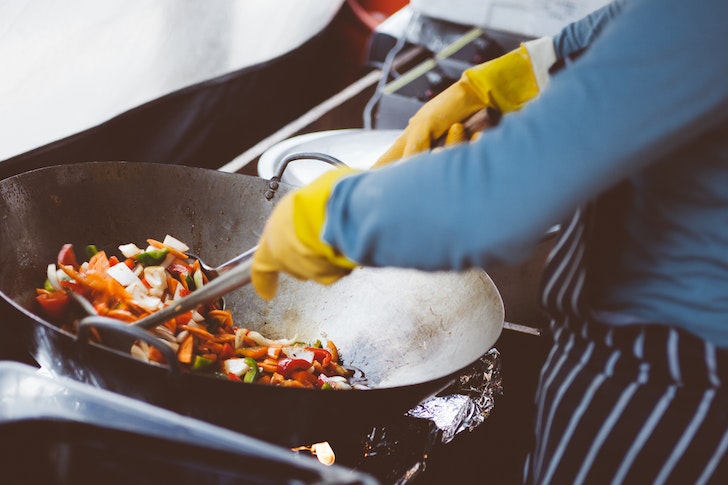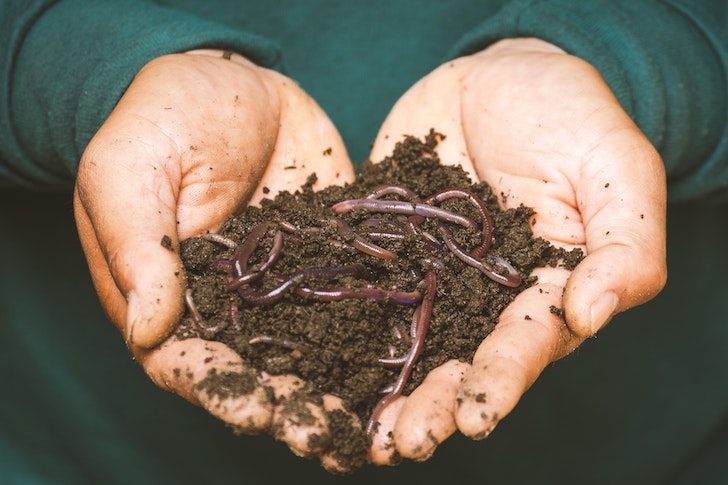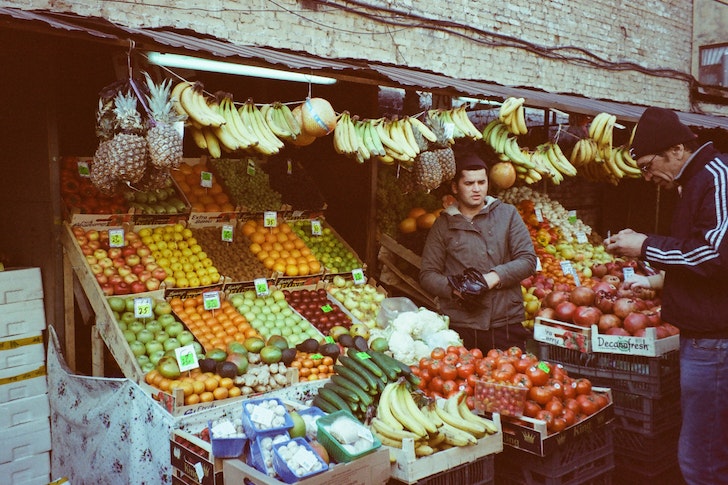Many of us take the safety and quality of the ingredients we use while cooking for granted. But what if those seemingly harmless spices in our pantry were slowly poisoning us?
Kitchen dangers are real, and they come in many forms. Our spice racks may seem innocent enough—but they could be harboring something far more sinister than just flavor enhancers. It’s easy to forget that spices are living and breathing things, just like us. And while they may not have germs or bacteria infesting them like our fresh produce, they do house a variety of other contaminants that can harm our health upon ingestion.

Clem Onojeghuo/Pexels | You may unknowingly be using poisoned spices to cook your meals
Mycotoxins
One such contaminant is mycotoxins. These are toxins produced by fungi on food such as grains and nuts—spices being no exception. Mycotoxins can cause serious illnesses, including cancer, and long-term exposure has been linked with chronic inflammation and even reproductive issues in laboratory animals.
Mycotoxins are particularly potent when combined with other toxic chemicals such as pesticides, herbicides, or fertilizers used in farming these crops. This means that your seemingly harmless organic spices could still harboring hidden dangers.

Sippakorn Yamkasikorn/Pexels | Fertilizers can be considered a toxic chemical
Heavy Metals
In addition to mycotoxins, other contaminants found in spices include heavy metals from environmental pollution, adulterants from poor manufacturing processes, mites (small arthropods), insects larvae or eggs (from storage conditions), synthetic colorings or flavorings (to give a “fresh” look), sulfites (used to prevent discoloration) and aflatoxins (toxic substances produced by certain types of Aspergillus fungus). All of these can pose serious health risks if ingested over time—especially since so many recipes call for heavy doses of spices per portion!
How Can You Ensure Your Spice Rack Isn’t Slowly Poisoning You?
Spices are the life of any food we eat but they also might cause harm to our lives if we dont take care of the spices we use in our food recipes. There are ways to pick spices for foods; first off, purchase organically grown varieties whenever possible; this will reduce the likelihood that any nasty chemicals have been sprayed onto them during growth or processing stages.
Secondly, check the “best before” dates on the packaging; most toxins exist only in small amounts and degrade quickly over time—so older spice blends might not be as harmful if used immediately after purchasing them. Lastly, keep an eye out for signs of spoilage; if your spice blend looks different than usual (e.g., discolored or moldy) then it should be discarded right away before it has a chance to harm your health!

Darya Sannikova/Pexels | Always try to buy food items that are grown organically to avoid any toxic chemicals
Conclusion
In conclusion, kitchen dangers can lurk within the least likely places—even your own trusty spice rack! Contaminants such as mycotoxins and heavy metals can pose serious health risks over time if left unchecked—so make sure you take steps to ensure high-quality ingredients for all your meals!








